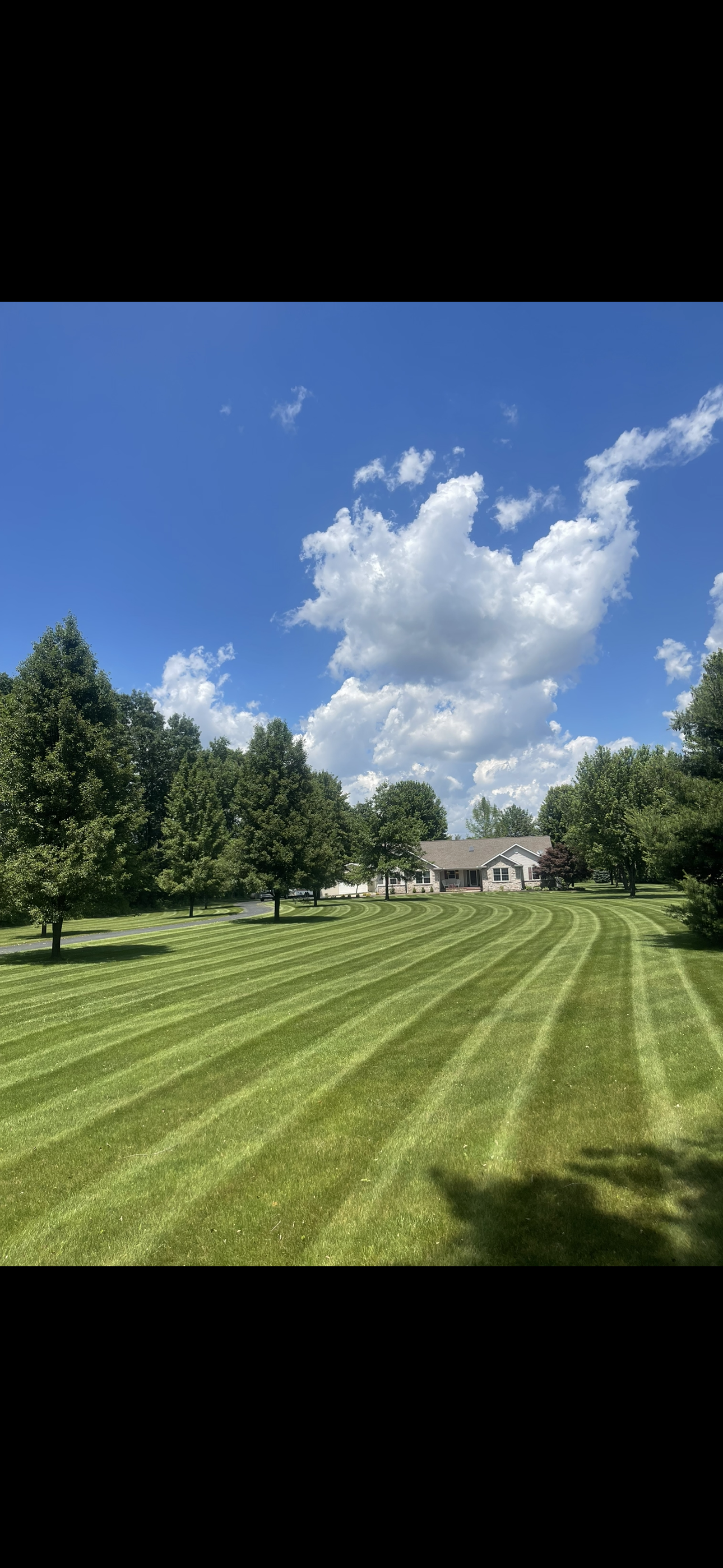
Maximizing Space: Innovative Landscaping for Urban Environments Nov 04, 2025
The first step in maximizing urban landscaping space is to understand the specific conditions of your area. Urban spaces often have unique microclimates influenced by tall buildings, pavement, and limited sunlight. Conducting a thorough site analysis will help determine the best plants and materials for your landscape. Consider factors like sunlight, wind exposure, and soil conditions to make informed decisions that ensure plant health and longevity.
Incorporating vertical gardening is a powerful way to expand the greenery in limited spaces. With vertical gardens, walls and fences become a canvas for plants, turning even the smallest porch into a vibrant oasis. Choose climbers and hanging baskets that thrive in your specific environment to add layers and texture to your design. Vertical gardening not only maximizes space but also improves air quality and brings a refreshing ambiance to urban settings.
Smart use of hardscaping can contribute significantly to an urban landscape's functionality and aesthetic appeal. Hardscaping elements such as patios, walkways, and retaining walls can define spaces and add structure. Opt for permeable materials that allow rainwater to filter through, reducing runoff and promoting sustainability. With proper planning, hardscaping can create usable outdoor rooms, offering a perfect setting for relaxation and entertainment in your urban retreat.
When landscape space is limited, every inch counts. Utilize small-scale features like container gardens and raised beds that enable efficient use of available area. Containers allow flexibility, making it easy to rearrange plants or introduce new varieties with the changing seasons. Raised beds offer the added benefit of improved drainage and soil quality, ideal for urban settings where native soil may be compromised. These features, artfully designed, can enhance the appeal of your landscape while providing easy maintenance.
Moreover, selecting the right plant species is critical to the success of an urban landscape. Native plants are a fantastic choice, as they are better adapted to local climate conditions and require less maintenance. They also support local biodiversity, attracting birds and beneficial insects to your garden. Succulents, grasses, and compact shrubs are ideal for urban gardens, offering resilience and low-water requirements.
Lastly, incorporating multifunctional elements into your landscape can assist in space maximization. Consider furniture that doubles as storage or planters integrated with seating areas. These practical solutions can significantly increase the functionality of small gardens without sacrificing style or comfort. Think creatively to merge utility with aesthetics, ensuring that every aspect of your urban landscape offers both form and function.
In conclusion, urban landscaping requires innovative thinking and strategic design to transform compact spaces into vibrant, functional areas. At FIRST CLASS GRASS LLC, we specialize in crafting landscapes that stand out, maximizing every inch while providing a tranquil urban oasis. From vertical gardens to strategic hardscaping, and selecting the ideal plant species, our customized solutions ensure your landscape thrives amidst the urban hustle. Embrace these concepts to revitalize your space, creating a private slice of nature within the city.
/filters:no_upscale()/media/bfdfde9c-90d6-41ff-96dd-3bf937898a6b.jpg)
/filters:no_upscale()/filters:format(webp)/media/7ec8d3c6-4951-4dc8-9563-27011319eb15.png)